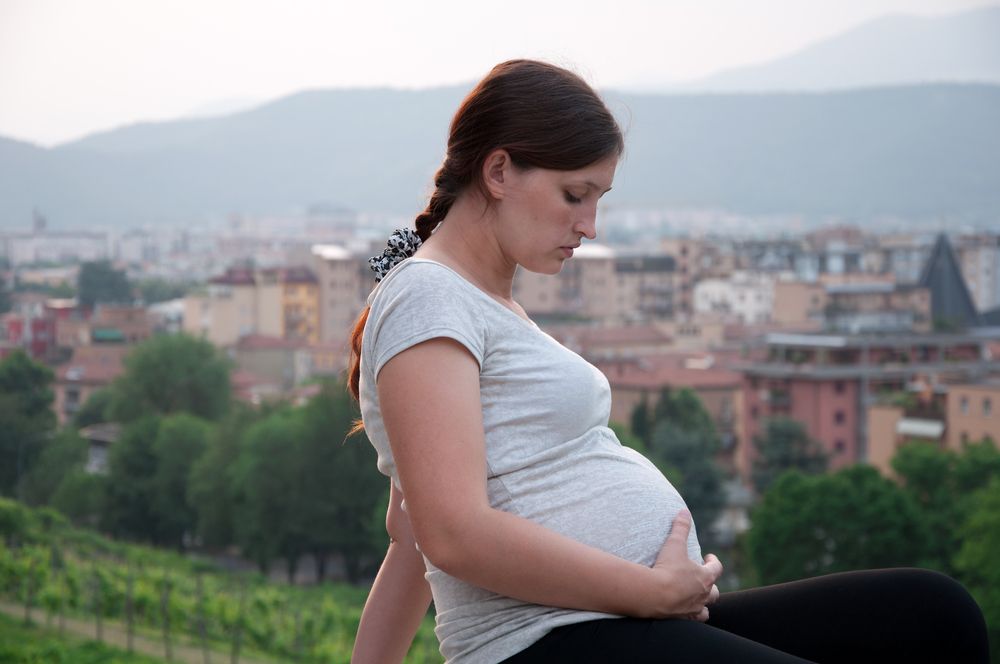Older Mothers Tend to Have Bigger Gap Between Pregnancies

Women in the United States usually have about a two-year gap between pregnancies, and older women tend to have their children further apart, a new report finds.
The median interval between giving birth to one child and conceiving the next child ranged from 25 months — in Idaho, Montana, North Dakota, South Dakota, Utah and Wisconsin — to 32 months, in California, according to the nationwide analysis of pregnancy data from 36 states and the District of Columbia. And the older a woman was, the greater the interval between one birth and the next conception.
The spacing between pregnancies can affect the health of the baby, according to the report from researchers at the Centers for Disease Control and Prevention. Intervals that run either shorter or longer than average — for example that are shorter than 18 months or longer than five years — are linked with an increased risk of preterm birth, low birth weight and even autism, studies suggest. [7 Ways Pregnant Women Affect Babies]
Overall, about 30 percent of the women had a gap of less than 18 months between pregnancies, according to the report, which looked at data from 2003 to 2011. About 50 percent of the women had a gap of 18 to 59 months, and about 20 percent had a gap of five years or more. The pattern in pregnancy spacing seen in the new report was similar to findings from the 2006-2010 National Survey of Family Growth, the researchers said.
For women under age 20 at the time of a given pregnancy, the median gap since their previous birth was 11 to 14 months, the birth certificate data revealed. For women ages 40 and older, the gap was 39 to 76 months since they last gave birth, the data showed.
Longer pregnancy intervals have been linked to health problems in the mother and baby, but more studies are needed to rule out other possible explanations for such health problems, such as the mother's age or socioeconomic status, according to the report.
The report was based on data from states and regions that use a certain birth certificate form, which includes the date of the mother's last live birth.
Sign up for the Live Science daily newsletter now
Get the world’s most fascinating discoveries delivered straight to your inbox.
The findings were published today (April 16) in the journal National Vital Statistics Reports.
Follow Tanya Lewis on Twitter. Follow us @livescience, Facebook & Google+. Original article on Live Science.


'Love hormone' oxytocin can pause pregnancy, animal study finds

'Mini placentas' in a dish reveal key gene for pregnancy









